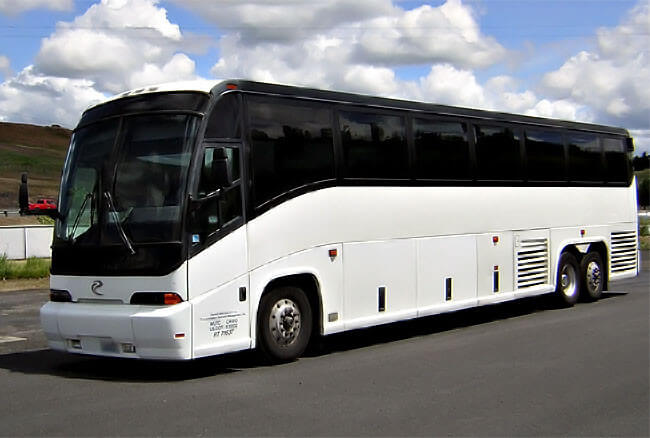
Charter Bus Rentals
Get Instant Pricing
(214) 206-9269
Live Customer Support
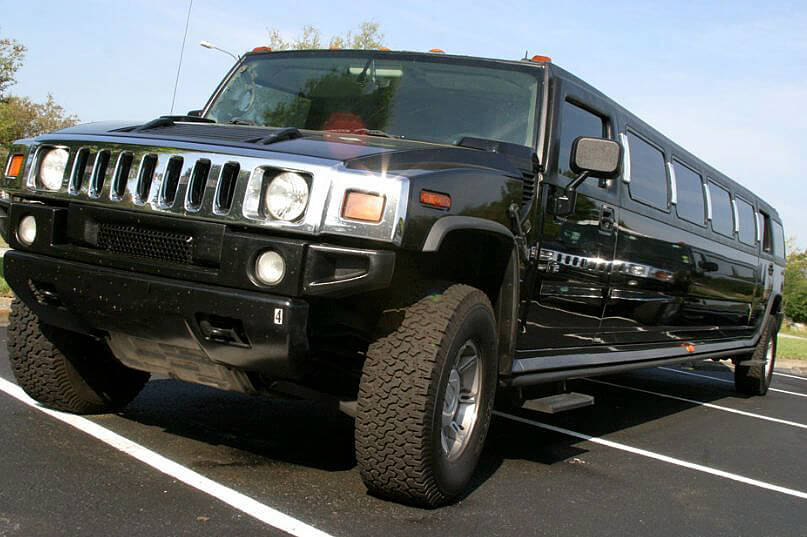
Limousines
Get Instant Pricing
(214) 206-9269
Live Customer Support
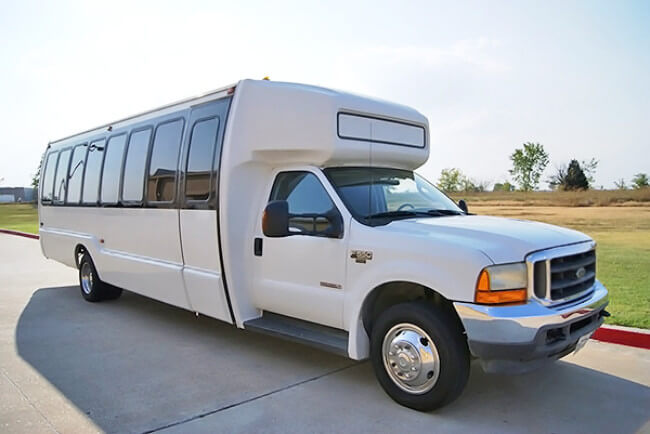
Mini Bus Rentals
Get Instant Pricing
(214) 206-9269
Live Customer Support
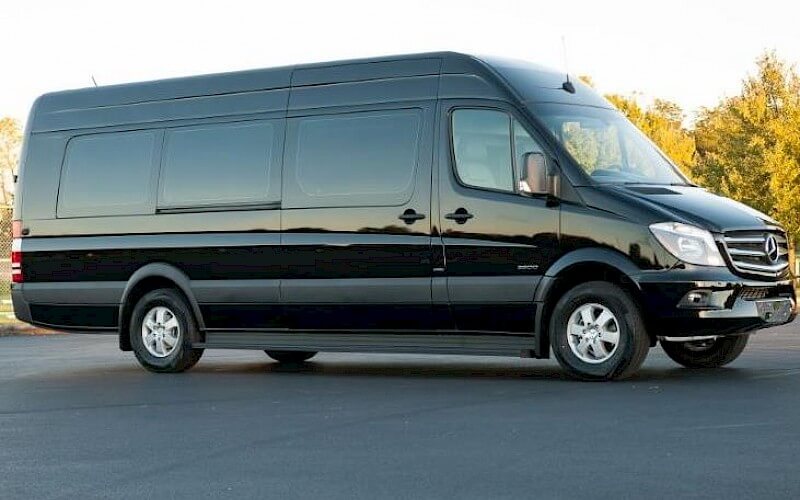
Sprinter Bus Rentals
Get Instant Pricing
(214) 206-9269
Live Customer Support
Dallas Texas has a lot to offer tourists. Dallas is home to many museums, parks, art galleries, historic sites, hotels and restaurants for tourists. Sports fans will enjoy Dallas because it’s home to the Cowboys football team and the Dallas Mavericks basketball team. There are also many theaters in downtown Dallas where you can see a play or musical performance.
Pioneer Plaza is conveniently located at the corner of Young Street and Griffin Street in downtown Dallas. In front of Pioneer Plaza is a statue of John Neely Bryan, a Texan who first founded the city of Dallas. If you are coming from the north, take Highway 75 south towards downtown Dallas. Take exit 248 towards Woodall Rodgers Freeway/ Canton Street (Route 4B). Turn left onto Griffin Street and continue to Young street. If you are coming from the south, take Highway 75 north towards downtown Dallas. Take exit 248A towards Route 4B/Canton Street/Woodall Rodgers Freeway. Turn left onto Canton street and continue for about one mile until you hit Young Street. If you are using a GPS device, enter 1428 Young St as your destination. The journey should take about 15 minutes from North Dallas and 20 minutes from Love Field or DFW Airport, depending on traffic conditions. 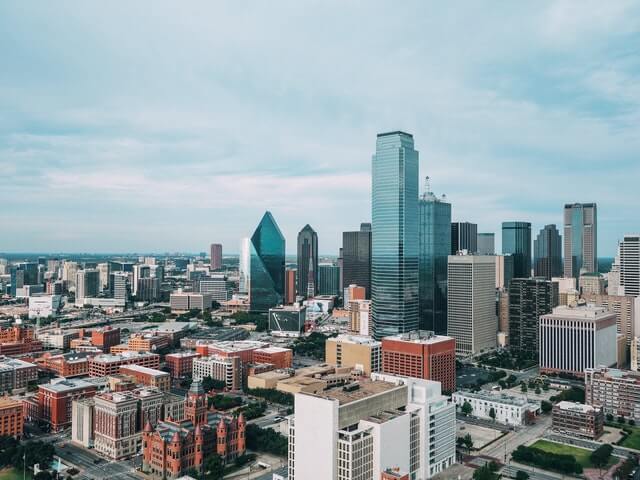 Are you traveling with a large group? Consider a charter bus rental, perfect for medium to large sized groups. We service all major events, and common services such as weddings, birthday parties and more.
Are you traveling with a large group? Consider a charter bus rental, perfect for medium to large sized groups. We service all major events, and common services such as weddings, birthday parties and more.
The 67,000-pound bronze sculpture “Lone Stars” was created by Texas artist and sculptor Tommy H. Bairstow, who was born in England during the 1930s. He studied in Dallas at the Dallas Art Institute. Bairstow had a deep interest in cowboys and horses and spent many months traveling around Texas visiting ranches to do research for his sculpture project. When his work was completed, he presented it to the city of Dallas where it was placed on permanent display in Pioneer Plaza. In addition to this sculpture he created a number of other cowboy depictions that were displayed as public art throughout the state of Texas. Ready more fun? Be sure to check out Dallas Texas Musicians
Pioneer Plaza is located in downtown Dallas and was opened in 1994. It celebrates the history of cattle drives that ended at the site, as well as honoring early settlers to North Texas. It's a beautiful urban park with a pond, landscaping, and walkways. The location used to be a trading post for American Indians, then a blacksmith shop during the Civil War Era (1861-1865). In 1866, John Neely Bryan built a cabin on the site and established Dallas as his home. The cabin was torn down in 1905 when the city discovered it and preserved only two pieces of wood from it for historical purposes. When oil was discovered in 1917 near Corsicana on property owned by Colonel Charles A. Schreiner and Humble Oil (now known as ExxonMobil), Humble Oil asked Clint Murchison Sr., who was related to Schreiner through marriage, to help develop the field. By 1931, oil had also been discovered in East Texas by Humble Oil and Gulf Oil Company (now known as Chevron). Murchison offered both companies royalty interests in exchange for acreage under which he thought there might be oil reserves—an offer they accepted because they didn't have time to develop their own land uses themselves. Then Haroldson Lafayette “Hassie” Hunt II developed an interest in drilling so he could pay off his father's debt after he died suddenly without paying his estate taxes; Hassie Hunt drilled dry holes looking for oil until 1942 when Shell Oil Company joined with Hunt and others to form Trammel Crow Oil Company (later known as Hunt Petroleum Corporation) which found success just weeks later with its first well near Mexia, Texas. 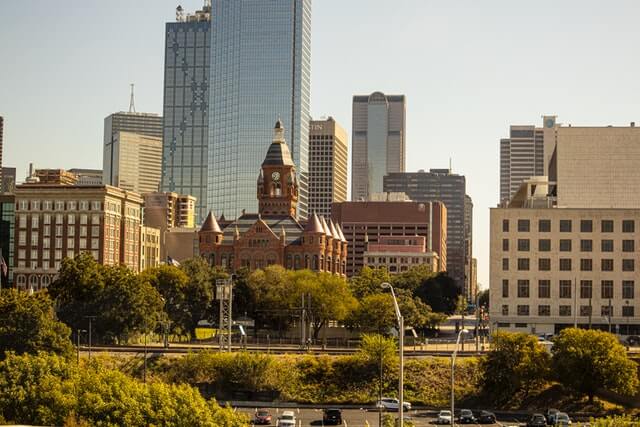
If you are planning a trip to the Dallas area, with a large group of passengers you can count on a Dallas bus rental to transport your group to your desired locations. Enjoy stress free group transportation with a coach bus rental perfect for 45-60 passengers.
The Hunt Family donated the monument to the city of Dallas. The family is well known for their love of horses and the outdoors. This family has made many donations to Dallas and beyond, including contributions to the arts, education, health care, and social services. The Hunt family is providing another $1 million towards the maintenance costs of Pioneer Plaza in addition to their large donation towards building it.
When you visit the Trail Drive Trees at Pioneer Plaza, you are getting an up-close look at an important part of Dallas history. These trees were used to mark the route of the Chisholm Trail cattle drive during the 1800s. They were donated by members of the Hunt family, who own Hunt Oil Company and friends of business mogul Ray Hunt. The Trail Drive Trees were planted in 1996, thanks to a grant from The Meadows Foundation. But where did these trees come from? Believe it or not, they are original “trail drive” trees that were moved from Fort Worth! The Texas Historical Commission worked with several other organizations to move those historic trees by transplanting them in Pioneer Plaza's downtown Dallas location in 1976. If you look closely at some of those trail drive trees, you might notice something familiar: a few of them are growing around the bronze statues in Pioneer Plaza!
The statue of a cowboy standing in front of Pioneer Plaza is part of Dallas’ 150 years of history. The cattle drives in the mid 1800s were a key period for the city's economy and cultural contributions to American society. When we first built Dallas, it was just a town with no cowboys or cattle drives, but today there are still numerous cowboys, cattle drives and any other symbol that represents the past. The Cowboy statue stands tall as one of the largest bronze sculptures in the United States and shines as one of Dallas' most recognizable landmarks. It's been here for over 70 years and will continue to be an icon for years to come.
Get Instant Pricing & Availability No Email required.